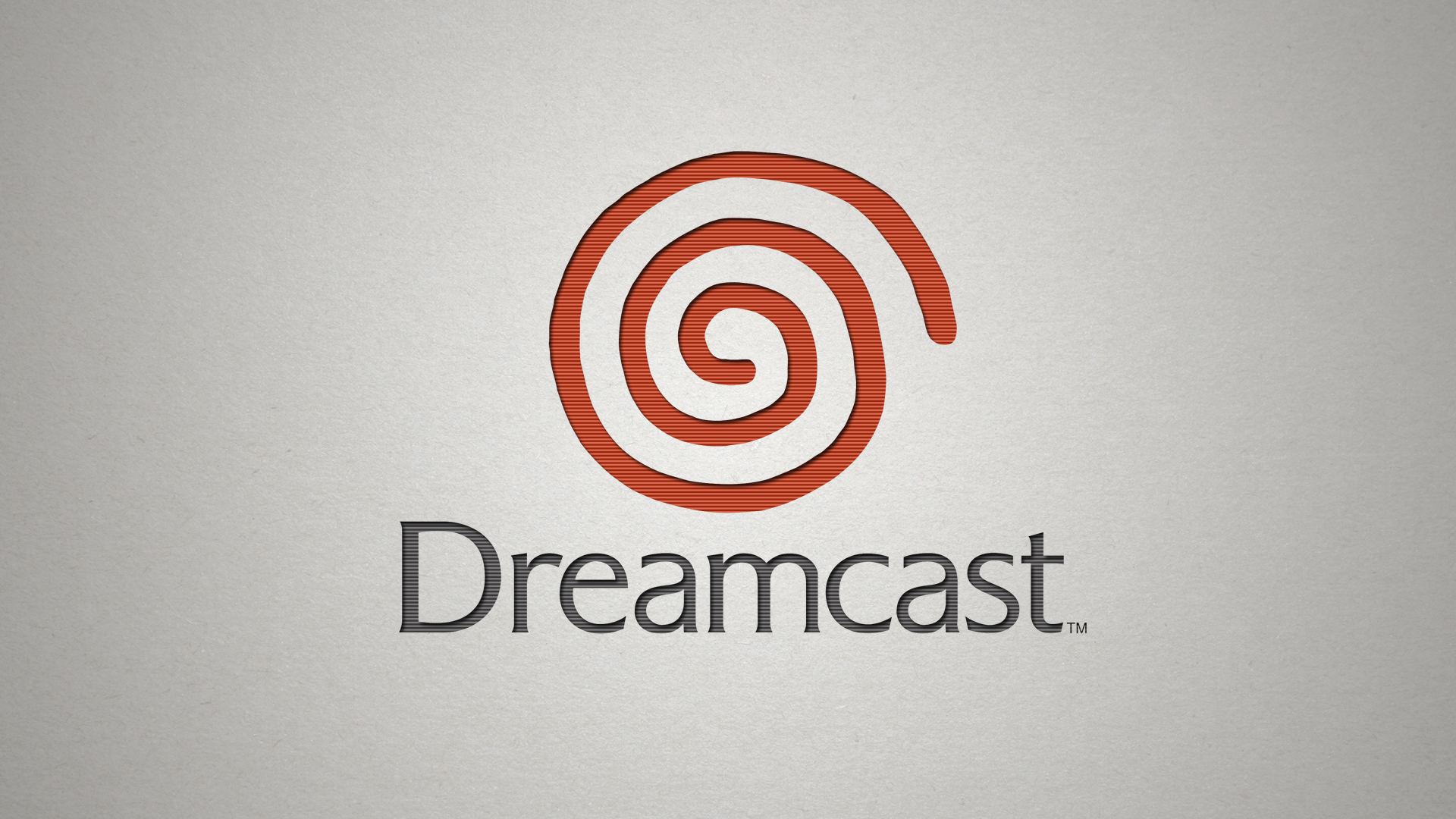Some things are debatable in life; some are not.
People have different preferences and that’s fine. Some people prefer waffles while others prefer pancakes; some like Star Trek, others like Star Wars. Or maybe it’s the age-old debate of Pizza Rolls vs. Bagel Bites. I still don’t have a definitive answer on that one, but I can tell you this, I don’t trust Bagel Bites people. In most cases, there is no right or wrong answer; it really depends on what you grew up with and the memories you created. Though, with so much choice in the world, it’s nice for some things to be stone cold facts. We need things that everyone can agree on. And it’s because of these self-evident truths, these unalienable facts, that I want to talk about the Sega Dreamcast.
The Dreamcast has seen a wild resurgence over the past decade. For years, the Dreamcast was seen as an outlier console, something that few people owned during its original release and even fewer people appreciated. Because of this, fans have been highly vocal in their support and love for SEGA’s former dream machine. Recently though, the Dreamcast has somehow emerged as a fan favorite console, no longer able to carry the title of “underrated” in the ever changing seas of home consoles. And while this change of public opinion is justifying, the praise is bittersweet. Where was all this love during the console’s life cycle? In my mind, this disconnect was caused by the Dreamcast’s ambitious approach to hardware that left it years ahead of its competition.

I remember the marketing campaign vividly.
9/9/99 was a number that forced its way into the minds of gamers around the country. At the time, I had no disposable income of my own, so I couldn’t behold its glorious power until Christmas, but I’ll never forget that morning. A buddy of mine brought over his VGA cable allowing us to connect my Dreamcast to a computer monitor. Seeing the full glory of what the Dreamcast could do over VGA is still something I can’t adequately express. This was the future and it was happening now. For the first time in my life, I realized that there were optimal ways connect a console to a display; a lesson that would pay dividends in my life as I was the first of my friends to hook up a PS2 via S-Video and when I started collecting retro consoles later in life and hooking them up by their optimal RGB connections. For the first time, the Dreamcast gave us the ability to fine tune our gaming experience, providing advanced options for those that could take advantage. And while the the VGA connection pushed visual fidelity of our medium into the future, SEGA was only getting started.

It’s at this point that I need to talk about what may be my favorite console peripheral of all time: the VMU. Arguably one of the most innovative designs our medium has ever seen, the VMU was the Dreamcast’s equivalent of a memory card but packed to the teeth with innovation. Unlike other memory cards during its era, the VMU operated inside the controller and not by a slot built into the console. This change allowed a Dreamcast to read four separate VMUs at once including specific player profiles and game settings – an awesome feature that made gaming on the go not only fun but incredibly convenient. The VMU also turned the Dreamcast controller into a second screen that had wild gameplay possibilities, much like Nintendo’s DS family that came out five years later and has gone on to sell over 150 million units worldwide. But even when separated from the Dreamcast, the VMU offered gaming options of its own. Many developers added mini games to their save files that were playable on the VMU itself. These mini games could affect your in game actions, such as raising a Chao in Sonic Adventure 2, providing a virtual pet as a completely different gaming experience .

But both of these hardware components were nothing compared to the absolute game changer that was the built in modem that came preinstalled on every Dreamcast. This is 1999 mind you, a time where the Internet was still young to a majority of the world and chugging along at blazing 56k speeds. For its entire existence, home console gaming had been restricted to couch co-op and single player experiences that could only be shared with those in the same room. For the first time, developers were pushed to design online components for their games and the rest is history. SEGA was also the first console to support broadband connections, releasing an add on adapter for high speed internet connections, a groundbreaking feature at the time. Adding Internet connectivity as a built in feature, recognizing its importance for the future of gaming, and making it a key component to the system, lets the Dreamcast stand alone as the Citizen Kane of home consoles and I will die on that hill.

Every now and then, I’ll see the Dreamcast brought up in a discussion. Most people admire and appreciate it for the trailblazer that it was, but there are still people who never got to experience the console in its prime. These people tend to talk about the Dreamcast as if it’s some bastard child of home consoles – SEGA’s last hardware venture that doomed the company to a lifetime of software sales. Of course this could not be further from the truth, as it’s extensive library and hardware innovations provided some of the best gaming experiences of that era. Alas, the Dreamcast’s fate wasn’t based on its failure as a console, but rather the failure of its audience to embrace the future of our medium.



